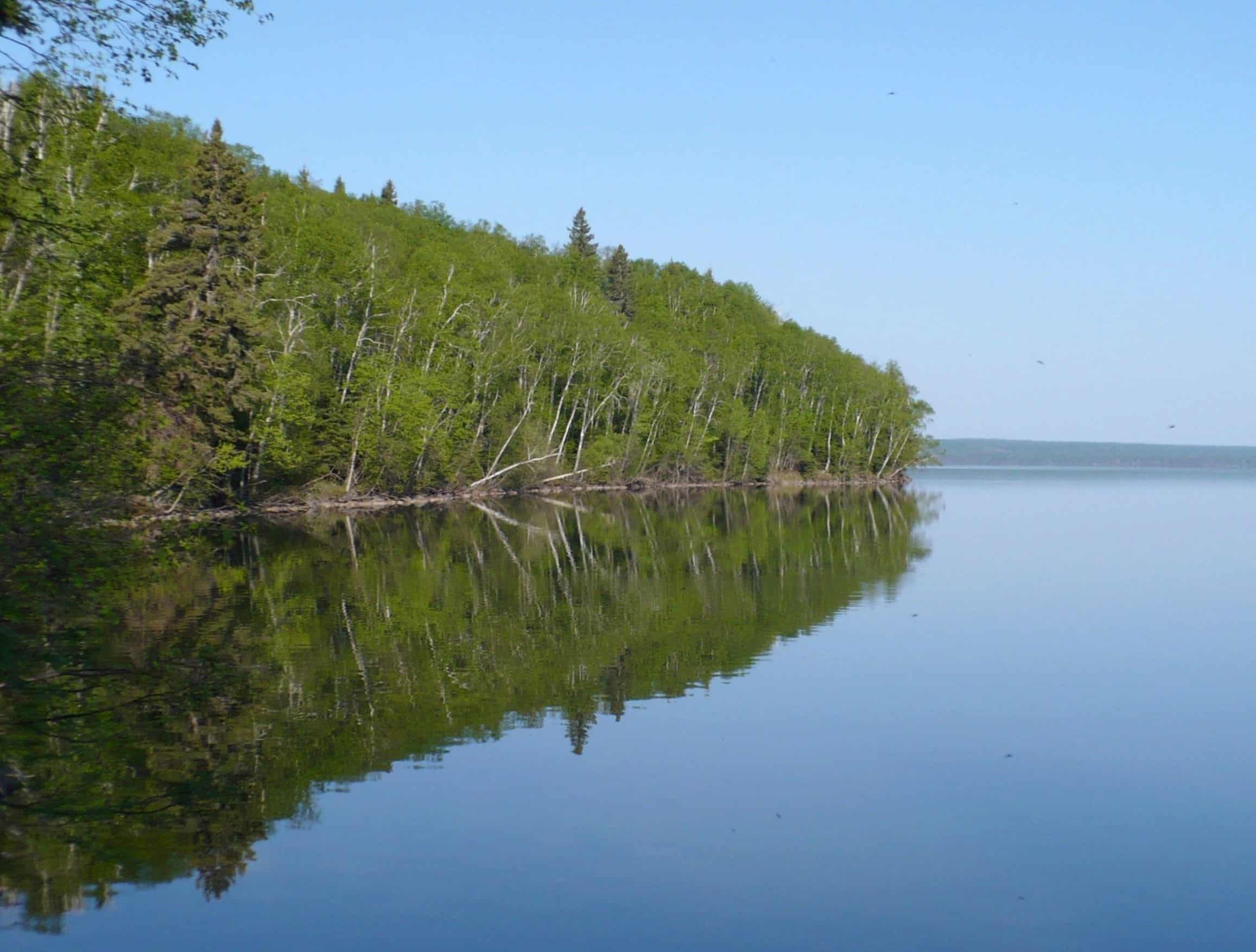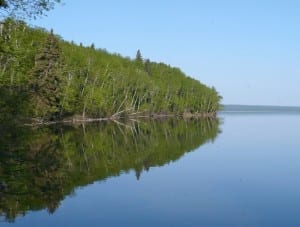CO2 research goes against the norm

Some Saskatchewan lakes absorb CO2 instead of producing it
Lakes in southern Saskatchewan have been absorbing CO2 according to research done by University of Regina professors.
According to Dr. Kerri Finlay, who worked on the research, “Most other studies have shown that lakes in the boreal/ Canadian Shield areas are fairly significant carbon sources – they release CO2 to the atmosphere, contributing to greenhouse gas levels. So it was surprising that we found that the lakes in the prairies (which have quite a few differences from the Shield lakes) can behave as carbon sinks.”
The lakes used to be a source of carbon, but over the years the lakes switched to absorbing carbon.
Dr. Finlay says “The driving force behind this is that climate change, particularly warmer winters with shorter ice cover on lakes, has made the lakes more readily take up CO2 from the atmosphere.”
Previous work shows that as the climate gets warmer, more CO2 will be released into the atmosphere, but this study shows an opposite trend. As the climate warms, more CO2 is taken into the lakes. Finlay says this study tells us that “that there are a lot of potential unexpected patterns in greenhouse gas dynamics that we have not yet considered.”
The results of the study differ from what has been found in the lakes of the Canadian Shield, but these lakes have several key differences. Some areas of the world, including the Caspian Sea, will likely have similar results as in southern Saskatchewan. This research means “preservation of these lakes should be a priority – there might be some added economic value in terms of their ability to store carbon,” said Finlay.
The research has been well-received by the scientific community. Finlay says that doubt in early stages led to “lot more work to support our original ideas.”
Now that it’s published, Finlay says, “Most responses have indicated general interest in the study, but [we] have not yet received any criticisms.”
She also noted the response has mostly been from the scientific community thus far.
Further research includes lakes around the world being assessed to look for similar patterns. In terms of Finlay’s personal involvement, she says she would “like to investigate the fate of the CO2 once it gets into the lake – right now we’ve only shown that CO2 comes in, but for it to be a real sink, we’d have to also show that the carbon gets buried in the sediments.”
When asked how the researched applied to students, Finlay stated, “I think that students can look at this research and realize that we should always question the underlying assumptions beneath any established pattern. It’s always worth exploring different systems to see whether they conform to the norm. If not, then it’s worth digging in deep to figure out the reason for the differences.
“Also, I’d note that patience and persistence (and stubbornness) does pay off. This particular project started over seven years ago, and the data have been collected for nearly 20 years, (and involved input from seven co-authors, and innumerable other contributors). It can be quite frustrating to wait that long for a good result, and I threw my hands up in frustration more than once, but it did pay off,” said Finlay.











That is some awesome news! Really like your articles and information! Keep up the amazing work I have come to expect!